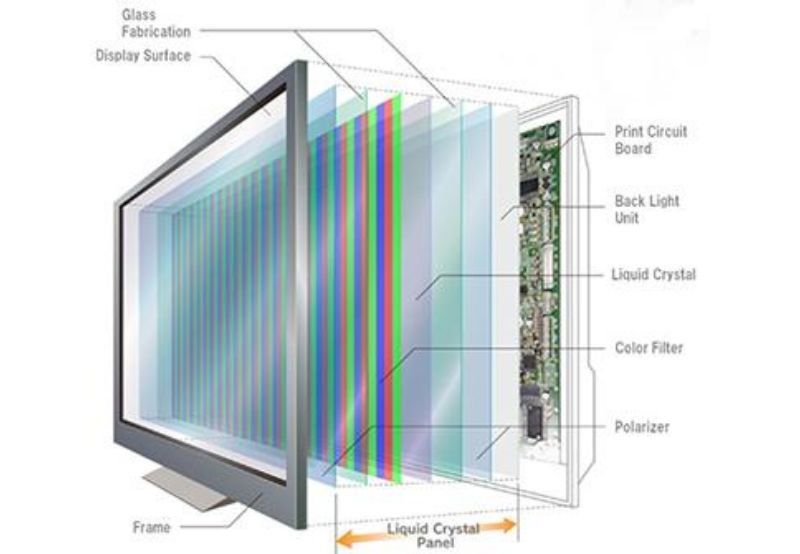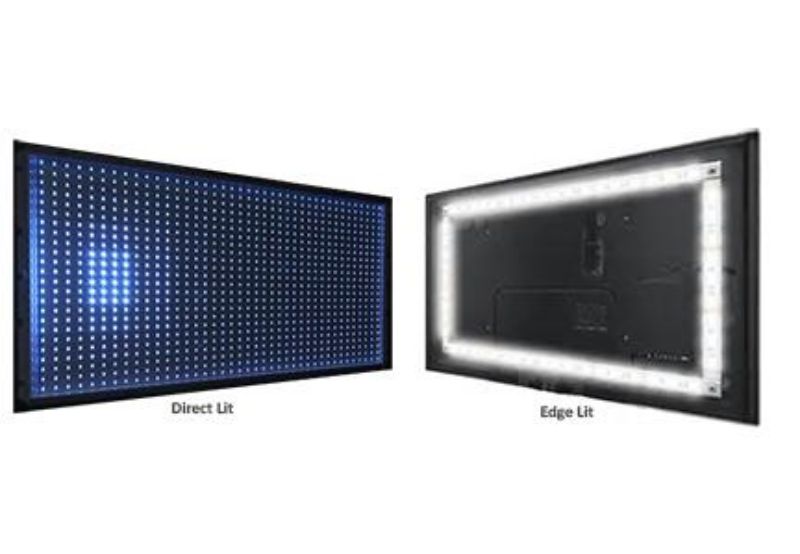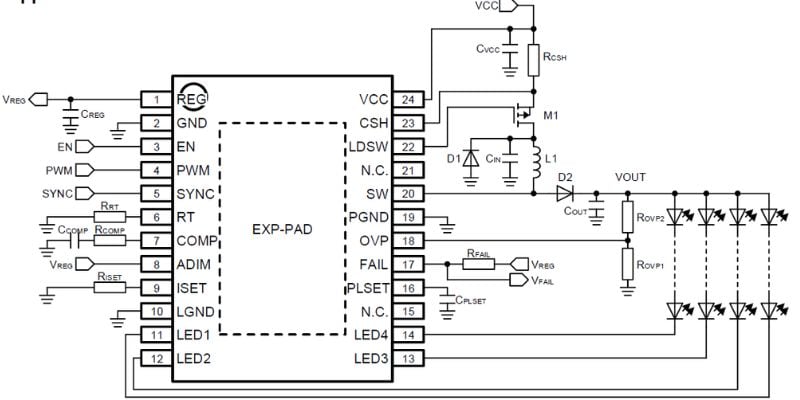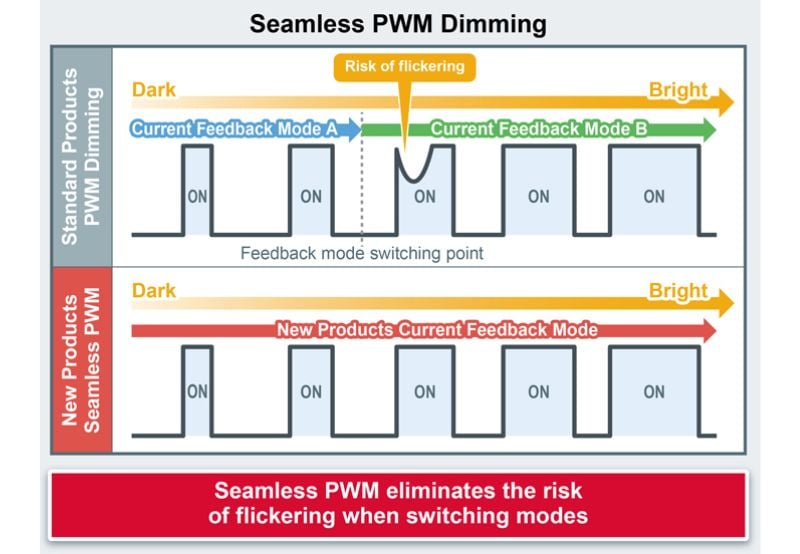LED Backlight Driver Eliminates Flicker
ROHM has announced LED backlight drivers for automotive infotainment and instrument cluster LCDs with proprietary low-power PWM dimming that eliminates display flicker.
ROHM Semiconductor has announced 4- and 6-channel white LED (WLED) backlight drivers designed for medium to large LCDs (liquid crystal displays) in automotive infotainment, instrument cluster, and heads-up display (HUD) applications.
Car instrument cluster with heads-up display. Image used courtesy of Buick
The series of drivers integrates proprietary low-power PWM (pulse width modulation) technology with seamless dimming that allows display dimming across the available brightness range without flicker.
The family of drivers is comprised of three models (BD83A04EFV-M, BD83A14EFV-M, and BD82A26MUF-M) with integrated or external FET options, various package configurations (QFN or TSSOP) drive current levels up to 150 mA per LED string.
All models meet automotive functional safety requirements and are qualified for the AEC-Q100 standard.
Cabin Displays on the Rise
With the continued adoption of advanced driver assistance systems (ADAS) in cars and consumer demands for better infotainment systems, the number and size of in-cabin LCDs are rising.
Larger LCDs require more robust and efficient backlighting solutions to meet image quality standards while maintaining thermal management and system reliability requirements. For LED backlight driver ICs, this means higher drive currents, more efficient power conversion, and more precise control.
The number and size of in-cabin displays are increasing. Image used courtesy of ROHM
Backlight for an LCD Display
LCDs have been used for decades in TVs, computer monitors, notebook computers, and other small-screen applications like car infotainment systems. LCDs use a matrix driver system with Thin Film Transistors (TFTs) to turn individual pixels off and on, allowing light to pass through color filtering that generates the image as the system processor dictates. The light that passes through the display pixels is generated by a backlighting system that resides within the LCD and diffuses light across the back of the panel. Traditionally, LCD backlighting was provided by Cold Cathode Fluorescent Lamps (CCFL), but in recent years has transitioned to strings of light-emitting diodes that can offer better image quality, a longer operating life, and a simpler drive circuit.
Over the years, along with standard WLEDs, combinations of RGB (red, green, blue) and OLEDs (organic LEDs) have been used for modern LCD backlighting to improve image quality, system reliability, and performance. A backlight with a mixture of red, green, and blue LEDs allows the full range of available image colors to be generated without the need for separate filtering or sub-pixels.
LCD and backlighting. Image used courtesy of ToteVision
The ROHM drivers are designed to drive WLED strings, the most common and least expensive backlighting option. For LCD backlighting applications, multiple strings of LEDs, each composed of several individual LEDs, are used to diffuse light across the back of the display. The larger the display, the more LEDs are required for sufficient lighting, which means more strings and LEDs per string. With a typical LED forward voltage drop of ~ 2.0 V, more LEDs in a string necessitate a higher drive voltage and more robust power conversion circuit.
Direct and edge-lit LCD backlighting. Image used courtesy of ToteVision
Powering Backlight LEDs
An LED driver IC is essentially a boost controller that can generate a high enough voltage to drive LED strings from a lower bus voltage, such as a battery or 12 V automotive bus. The boost converter consists of the controller chip (driver), high and low side switching FETs, inductor, and output capacitor.
The ROHM parts can generate string drive voltages as high as 50 V from a nominal input voltage as low as 4.5 V, with model options that integrate the low side switching FET into the IC. At 50 V, the boost converter can drive LED strings with as many as 20 or more individual LEDs. External FET models can deliver up to 150 mA of drive current per LED string.
BD83A04EFV-M, 4-channel WLED driver circuit with integrated FET. Image used courtesy of ROHM
Seamless PWM Dimming
One of the critical features of an LCD backlight display system is the dimming capability. Dimming allows the intensity of the backlighting to be adjusted to modify the display's brightness for the end user. This can be especially critical in automotive applications as ambient light levels constantly change with driving conditions, weather, and time of day (daylight vs. night, etc.).
Seamless PWM dimming. Image used courtesy of ROHM
For LED backlighting, dimming is achieved by adjusting the LED string drive current (analog dimming) or the PWM duty cycle (PWM dimming) to modify the brightness and amount of light emitted by the LED strings. For PWM dimming, a potential problem in LED backlight circuits is the display flicker that can occur when transitioning from lower to higher duty cycles. According to ROHM, their new drivers incorporate a proprietary low-power PWM technology that allows them to seamlessly transition from low to high brightness duty cycles without flickering.
To maximize the end-user display experience, the BD83A drivers support a dimming ratio of 20,000 to 1 at up to 100 Hz. When combined with PWM dimming, analog dimming allows for higher display brightness ranges.












